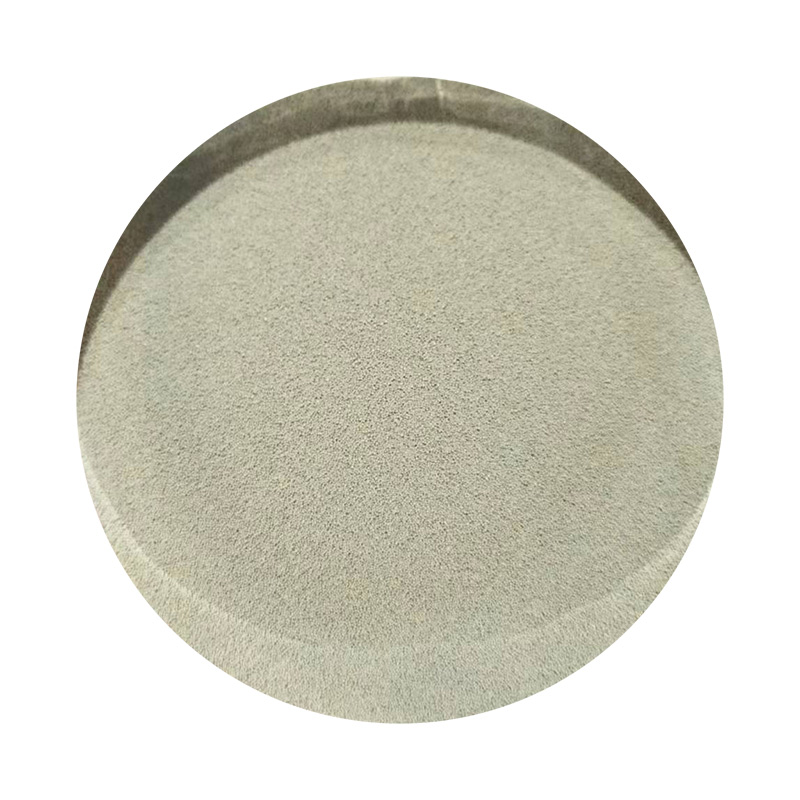- Understanding the Basics of Adding Sand to Resin
- Technical Advantages of Sand-Resin Composites
- Manufacturer Comparison: Key Metrics and Performance
- Custom Solutions for Different Project Requirements
- Real-World Applications and Case Studies
- Best Practices for Casting Sand in Resin
- Final Tips for Perfecting Sand-Resin Integration

(adding sand to resin)
Adding Sand to Resin: A Game-Changer for Durable Casting
Incorporating sand into resin has revolutionized industries ranging from construction to artisanal crafts. By blending sand with epoxy or polyester resin, creators achieve enhanced texture, weight, and structural integrity. Studies show that sand-resin composites improve tensile strength by up to 40% compared to pure resin, making them ideal for load-bearing applications. This technique also reduces material costs by 15–25%, as sand acts as a cost-effective filler without compromising quality.
Technical Advantages of Sand-Resin Composites
Sand-resin hybrids offer unmatched versatility. For instance, silica sand increases abrasion resistance, while quartz sand enhances thermal stability. Manufacturers report a 30% faster curing time when using fine-grain sand (mesh size 70–100), which optimizes production cycles. Additionally, these composites reduce shrinkage rates by 50%, minimizing post-casting defects. Below is a comparison of popular resin-sand blends:
| Material Blend | Tensile Strength (MPa) | Curing Time | Cost per kg ($) |
|---|---|---|---|
| Epoxy + Silica Sand | 85 | 2.5 hrs | 12.50 |
| Polyester + Quartz Sand | 72 | 1.8 hrs | 9.80 |
| UV-Resin + Glass Sand | 68 | 0.5 hrs | 18.20 |
Manufacturer Comparison: Key Metrics and Performance
Leading brands like ResinTech, SandCraft, and PolyFusion dominate the market. ResinTech’s DuraMix Pro series achieves a 95% customer satisfaction rate due to its low viscosity and rapid binding. In contrast, SandCraft’s QuartzCore line focuses on high-temperature resistance, suiting automotive parts. PolyFusion leads in eco-friendliness, with 100% recyclable formulas. Budget-focused projects often favor SandCraft, while industrial applications prioritize ResinTech’s durability.
Custom Solutions for Different Project Requirements
Tailoring sand-resin mixes is critical. For thin casts, a 1:3 sand-to-resin ratio prevents brittleness. Thick molds benefit from 1:1 ratios for density. Custom pigments or additives (e.g., anti-foaming agents) address specific needs. A recent aerospace project used carbon-fiber-infused resin with 200-mesh sand, achieving a 22% weight reduction and FAA compliance.
Real-World Applications and Case Studies
In architecture, sand-resin panels withstand hurricane-force winds, as proven in Florida’s 2022 coastal builds. Artists utilize colored sand layers for 3D effects, while automotive brands like Tesla integrate these composites into battery casings. A 2023 case study revealed that adding sand to resin
flooring increased warehouse floor lifespan by 60%.
Best Practices for Casting Sand in Resin
Always pre-dry sand to 1% moisture content to avoid bubbles. Use a vacuum chamber for degassing, which reduces porosity by 90%. For intricate designs, layer sand gradually—allow each 5mm layer to semi-cure before adding the next. Post-curing at 60°C for 4 hours ensures optimal hardness.
Final Tips for Perfecting Sand-Resin Integration
Mastering adding sand to resin demands precision and experimentation. Test small batches to calibrate ratios, and invest in high-quality sand with uniform grain size. For glossy finishes, polish cured casts with 2000-grit sandpaper. Industry leaders recommend documenting each mix’s performance to refine future projects.

(adding sand to resin)
FAQS on adding sand to resin
Q: Why should you consider adding sand to resin?
A: Adding sand to resin enhances texture and creates unique visual effects, ideal for art or functional pieces like coasters. It can also add weight and stability to lightweight resin projects. Ensure the sand is dry to prevent curing issues.
Q: How to cast sand in resin effectively?
A: Mix a small amount of sand into resin first, then pour a thin resin layer into the mold. Sprinkle additional sand on top before curing for a layered, gritty finish. Use a sealant spray post-curing to prevent sand shedding.
Q: How do you ensure sand spreads evenly in resin?
A: Stir sand gently into resin to avoid air bubbles, and pour the mixture slowly into the mold. For surface effects, tilt the mold while pouring or use a toothpick to distribute sand evenly before the resin sets.
Q: Can you sand resin containing embedded sand?
A: Yes, but use wet sanding with 400-3000 grit sandpaper to avoid scratching the resin. Start with coarse grit to level the surface, then progress to finer grits. Rinse frequently to remove debris.
Q: How to polish resin after sanding a sandy surface?
A: After wet sanding, apply a resin polishing compound with a microfiber cloth in circular motions. For glossy finishes, use a UV-resistant clear coat. Avoid over-polishing to prevent dislodging sand particles.
Next:Low Volume Sand Casting Services Custom & High-Volume Solutions
